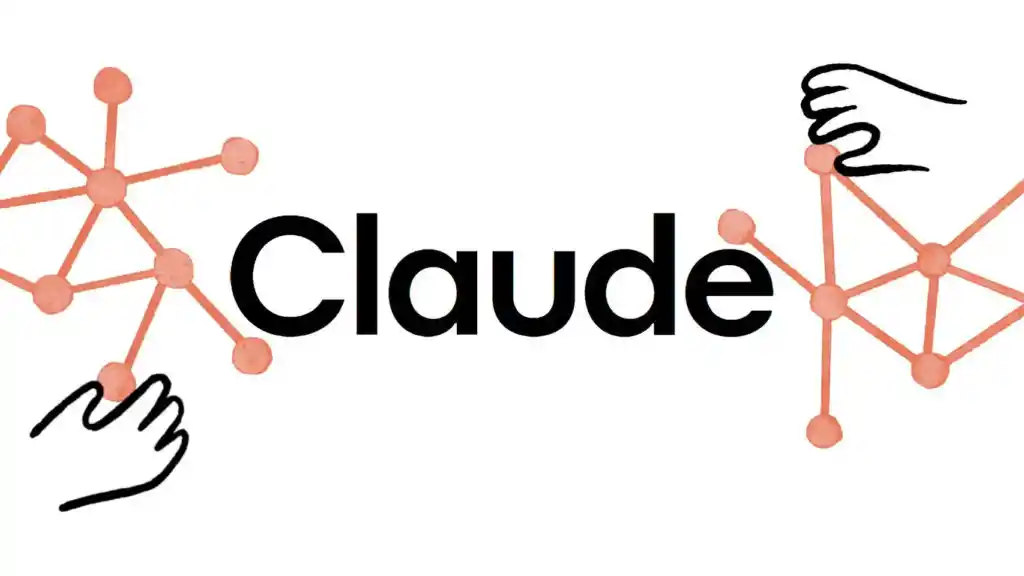Exploring Claude AI: A Competitor to ChatGPT
In recent times, ChatGPT has garnered significant attention as an AI chatbot. However, there are other noteworthy alternatives in the market, one of which is Claude AI, a strong competitor to ChatGPT. This article delves into the key differences between these two AI models, particularly focusing on token limits, cost, and AI ethics.
Introduction to Claude AI
Claude AI, developed by Anthropic AI, is an AI chatbot powered by a series of Large Language Models (LLMs). It is designed for natural, text-based conversations and excels in various tasks such as summarization, editing, Q&A, decision-making, and code-writing. Anthropic offers three “Claude” models: Claude 1, Claude 2, and Claude-Instant, each with distinct capabilities. Claude can process up to 75,000 words at a time, enabling it to read and answer questions about short books.
Overview of Anthropic AI
Anthropic AI is an AI startup co-founded by former OpenAI members, including the Amodei siblings, Dario and Daniela, who played pivotal roles in the GPT-3 project. The company, now valued at $20 billion, emphasizes AI safety and has received substantial investments from tech giants like Google and Amazon. Unlike OpenAI's GPT-4, Anthropic employs a unique approach called “constitutional AI,” aligning its models with principles such as freedom, opposition to inhumane treatment, and privacy.
Using Claude AI
Getting started with Claude AI is straightforward. Users can create an account at claude.ai and interact with the chatbot through a simple input box. Users can also upload documents for Claude to read and analyze. The platform allows users to copy responses, retry questions, and provide feedback
Comparing Claude AI and ChatGPT
Claude AI’s offerings align well with OpenAI’s models: Claude-Instant is comparable to GPT-3.5, while Claude-2 rivals GPT-4. Claude excels in reading, analyzing, and summarizing long documents, with a 150-page limit. However, it lacks some advanced features of ChatGPT+, such as voice chat, image creation, data analysis, image understanding, and web browsing.
Internet Access and Cost
Currently, Claude AI does not have internet access, unlike OpenAI’s GPT-4, which can browse the web through a partnership with Bing. For general users, Claude AI is available for free via claude.ai, with a subscription option, Claude Pro, priced at $20 per month. This subscription offers enhanced usage, priority access, and early access to new features. Developers can access Claude models through the Anthropic API or Amazon Bedrock, with pricing based on the amount of text processed.
Accuracy and Availability
While Claude AI aims for factual accuracy, it is not immune to hallucination issues common in other language models. Users are advised to fact-check important information. Claude AI is accessible through claude.ai for general users and via Amazon Bedrock for developers, with on-demand and provisioned throughput options available.
Conclusion
Claude AI stands out for its extensive token input limit, transparent approach to AI safety, and free access to its most advanced model, Claude-2. While OpenAI’s GPT-4 remains the leader, Claude AI presents a formidable challenge, particularly for personal, developer, and enterprise use. As the competition intensifies, the landscape of AI chatbots continues to evolve.
